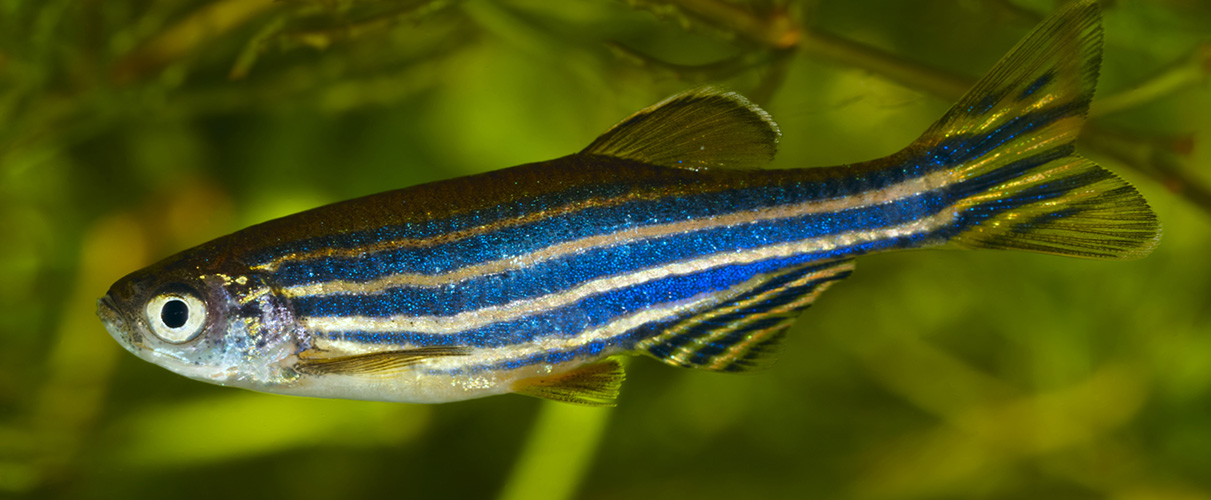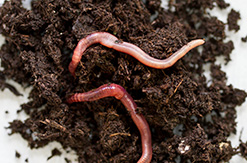Bioaccumulation
Assessment of the bioaccumulative potential of your substance…
The evaluation of the bioaccumulative tendency of substances is of growing importance in regulatory acts like REACH and the Pesticide Act. If substances possess a high partition coefficient (Log Kow), bioaccumulation studies are frequently requested by the authorities to evaluate whether the substance is enriched in organisms and can thus enter the food chain. This is a crucial part of the PBT assessment of substances.
The GLP studies consist of an uptake phase where organisms are exposed to the substance and a depuration phase. In the uptake phase, the accumulative potential of the item is monitored. During depuration, the speed of loss of substance from the organism is checked.
Noack offers bioaccumulation studies with soil, sediment and water organisms. The special needs of your substance are addressed by individual but guideline-conform test designs and procedures.
…with tailor-made test designs
Bioaccumulation tests with organisms from all relevant compartments are available at Noack: Bioconcentration and biomagnification in fish (acc. to OECD 305) can be conducted with rainbow trout (Oncorhynchus mykiss) or Zebrafish (Danio rerio). With regard to its properties, the substance can be added to the water phase or administered by feeding. For more information about fish tests, please refer to the Fish Ecotoxicity section.
Bioaccumulation in soil organisms can be evaluated by bioaccumulation in terrestrial oligochaetes studies (acc. to OECD 317) with Eisenia fetida. This study can also be conducted with 14C-labelled test substances to enhance the analytical sensitivity. Please feel welcome to visit the Soil Organism section for more information about studies with soil organisms.
Sediment organisms are tested with the bioaccumulation in sediment oligochaetes test (acc. to OECD 315) with Lumbriculus variegatus. Our full portfolio of sediment studies can be found in the Sediment Organism section.
…and sensitive and reliable analytical monitoring.
Supporting concentration control analytics are a vital point for conducting studies with all types of products. Analytical monitoring is possible in all relevant matrices such as water, soil, sediment, pore water and organisms. For tests in soil, 14C-labelled substances can be analyzed with LSC or FSA-LC methods.
We offer state-of-the-art highly sensitive accompanying chemical analytics using LC-MS/MS or LC-QTOF. With more than 30 years of experience, we can analyze a wide range of active ingredients as well as degradation products. All chemical methods are fully validated following the most recent guidelines and specifications of regulatory authorities (SANCO/3029/99 rev. 4, SANCO/3030/99 rev. 4).
You matter.
All our studies are conducted under GLP and supported by a broad range of experience in working with a variety of substances like chemicals, plant protection products and biocides. We strive for complete transparency and a close communication during the course of your studies. Monthly status updates, guaranteed testing slots and real-time updates are only some examples of our customer service.
Please find detailed information about our Environmental Fate study portfolio here:

 Dr. Andrea Herrmann
Dr. Andrea Herrmann
